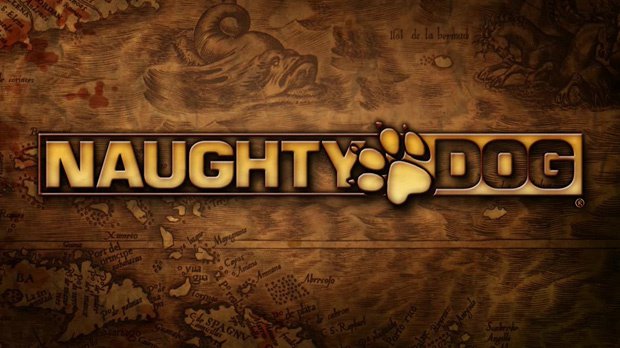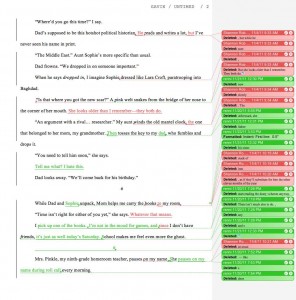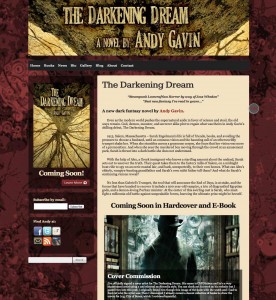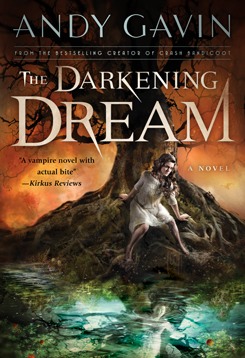Computer and Video Games recently ran a piece on the Naughty Dog as a company and its pedigree of great games.
Founded by aspiring game developers Andy Gavin and Jason Rubin back in 1986, the pair knocked together a number of little-known titles on the Apple II and Amiga before changing their company’s name to Naughty Dog. …a four-game deal with Universal Interactive Studios, starting with Way of the Warrior – a Mortal Kombat-style fighting game for 3DO created using footage crudely filmed in an apartment [led to] none other than Crash Bandicoot on PSone.
…
The original Crash Bandicoot was one of the most important games on the original PlayStation. Not only did it give the then faceless platform a much-needed mascot – and one with bags of charm – but it also really showed what this powerful new CD-based console from Sony could do.
…
Naughty Dog, it seems, is as good at dreaming up new blockbuster adventure franchises as Sony is at making consoles. Fast forward to the present era, and although both of its founders have moved on to new ventures, Naughty Dog remains the name on the box of one of the PS3’s biggest exclusive franchises. Uncharted’s unrivaled cinematics and truly breathtaking set-pieces demonstrate a fantastic developer working at the absolute peak of its creative ability.





















































